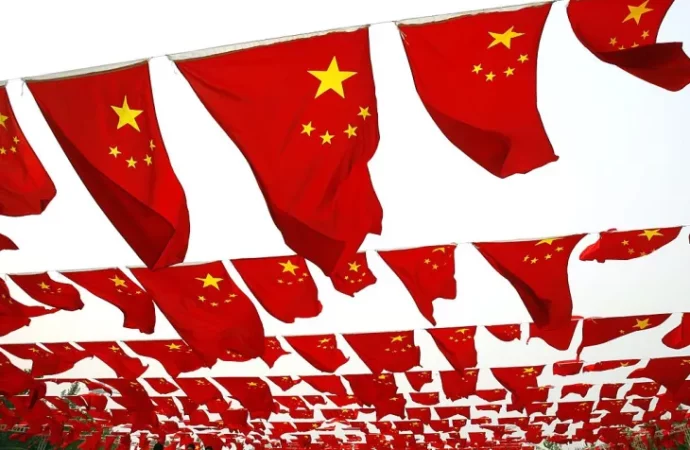China’s Microfinance Unveiled: Navigating Controversy China’s microfinance scheme has become a focal point of discussion, drawing both praise and criticism. In this article, we shed light on the roots of this controversial initiative, its perceived impact on the Chinese economy, and the debates it has ignited. Renowned economic analyst Prof. Wei Lin provides China microfinance
China’s Microfinance Unveiled: Navigating Controversy
China’s microfinance scheme has become a focal point of discussion, drawing both praise and criticism. In this article, we shed light on the roots of this controversial initiative, its perceived impact on the Chinese economy, and the debates it has ignited. Renowned economic analyst Prof. Wei Lin provides China microfinance controversy a nuanced perspective on this evolving economic phenomenon.
Origins and Objectives of China’s Microfinance Scheme
Prof. Lin traces the origins of China’s microfinance initiative, emphasizing its initial aim to provide financial support to small businesses and entrepreneurs who struggled to secure loans from traditional banking institutions. The scheme, launched with the intent of fostering economic growth at the grassroots level, has undergone significant evolution.
Perceived Advantages and Drawbacks
Examining the dual nature of this microfinance initiative, Prof. Lin outlines both its perceived advantages and the China microfinance controversy concerns it has raised:
- Advantages:
- Financial Inclusion: Facilitating access to credit for individuals and businesses traditionally excluded from formal banking channels.
- Economic Diversification: Fostering entrepreneurship and diversifying the economic landscape.
- Drawbacks:
- Debt Burden: Instances of borrowers accumulating unsustainable levels of debt, raising concerns about financial stability.
- Regulatory Challenges: The need for robust regulatory frameworks to address potential abuses and protect borrowers.
Implications for China’s Economic Landscape

This image is taken from google.com
Analyzing the broader impact, Prof. Lin provides insights into how the microfinance scheme is influencing China’s economic trajectory:
- Economic Resilience: The scheme contributes to the resilience of the economy by supporting small businesses, particularly in times of economic uncertainty.
- Risk of Overextension: The potential risks associated with an overly aggressive microfinance approach, including the accumulation of non-performing loans.
Comparative Table: Microfinance Approaches in Select Countries
| Country | Microfinance Approach | Key Focus | Regulatory Measures |
|---|---|---|---|
| China | Extensive microfinance initiatives targeting small businesses and individuals. | Financial inclusion and economic diversification. | Evolving regulatory measures to address potential risks. |
| India | Microfinance primarily directed towards rural development and poverty alleviation. | Alleviating poverty and empowering marginalized communities. | Stringent regulations following past crises to ensure borrower protection. |
| Bangladesh | Pioneering microfinance for poverty reduction, particularly among women. | Empowering women and fostering grassroots entrepreneurship. | Well-established regulatory framework to prevent exploitation. |
Conclusion: Balancing Growth and Stability
As China’s microfinance scheme takes center stage, the country stands at a crucial juncture where balancing growth and stability becomes imperative. Prof. Wei Lin emphasizes the need for ongoing scrutiny, adaptive regulations, and a holistic approach to ensure that this initiative continues to contribute positively to China’s economic landscape without compromising financial stability.
















